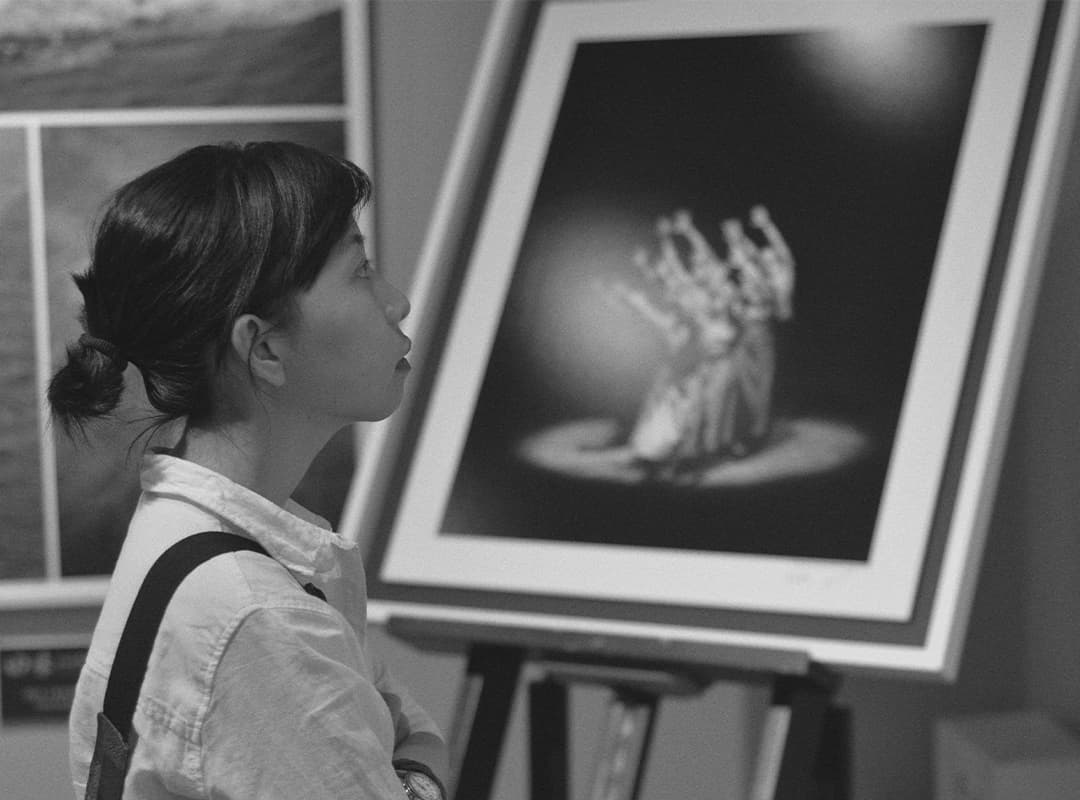Analyzing modern art in an academic thesis provides students with a unique opportunity to explore some of the most influential and provocative artworks of our time. From the groundbreaking cubist works of Pablo Picasso to Banksy’s socially engaged street art, modern art challenges conventional thinking, stimulates cultural dialogue, and provokes new interpretations of society. However, writing a thorough and insightful thesis on this complex subject can often present considerable challenges, especially if students feel uncertain about their analytical approach or the academic standards required. For students struggling to clearly structure their ideas or effectively communicate their analysis, the decision to have a Diplomarbeit schreiben lassen could provide a helpful solution. Engaging professional support ensures that complex arguments surrounding modern artists, their contexts, and their influence on contemporary culture are articulated clearly and convincingly. This article explores the essential steps of analyzing modern art, provides guidance on structuring your thesis effectively, and highlights how working with a ghostwriter can enrich your research experience.
Why Choose Modern Art for Your Thesis?
Relevance and Influence
Modern art, from Picasso’s revolutionary cubism to Banksy’s politically charged street art, continues to profoundly impact contemporary culture. Its ability to question societal norms, engage with critical issues, and offer commentary on political and social events makes it a highly relevant field for academic research. Modern art is dynamic and constantly evolving, providing endless opportunities for fresh insights and original research questions.
Interdisciplinary Connections
Analyzing modern art also opens doors to interdisciplinary research. Students can combine art history, sociology, psychology, philosophy, and politics, leading to multifaceted analyses. Exploring these interdisciplinary connections not only deepens your understanding of the artworks themselves but also helps demonstrate your analytical capabilities and academic versatility.
Richness of Sources
Both Picasso and Banksy have generated substantial critical literature, archival materials, documentaries, and exhibition catalogues. This wealth of resources enables students to construct comprehensive arguments supported by solid evidence. Access to a rich body of academic discourse can facilitate insightful comparisons, interpretations, and evaluations.
Key Steps for Successfully Analyzing Modern Art in Your Thesis
To achieve a high-quality thesis that thoroughly analyzes modern art, you should follow these essential steps:
Step 1: Choose a Clear and Focused Research Question
Your thesis should start with a clearly defined research question. Rather than broadly examining “modern art,” narrow your scope. Consider specific themes such as political activism in Banksy’s murals, representations of identity in Picasso’s cubist works, or comparative analysis of the cultural impacts of both artists.
Examples of research questions include:
- How did Picasso’s cubism challenge the conventional representation of space and identity?
- In what ways does Banksy use public spaces to convey social and political criticism?
- How do Picasso and Banksy respectively reflect their cultural contexts through artistic expression?
Step 2: Conduct Thorough Literature Research
Deep familiarity with existing literature is essential. Review scholarly articles, critical essays, exhibition catalogues, artist statements, and reputable biographies. Annotating your sources helps identify key themes and scholarly debates. Focus not only on what other researchers have already stated but also on gaps your research could fill.
Step 3: Analyze Artworks in Detail
Detailed visual analysis forms the core of your thesis. Select specific artworks by Picasso and Banksy that best illustrate your research question. Examine formal aspects such as composition, color use, symbolism, and techniques. Also, interpret contextual aspects: historical context, artist intentions, and audience reception.
For example, Picasso’s Guernica can be analyzed in terms of its powerful anti-war symbolism, while Banksy’s mural “Girl with Balloon” can be explored in the context of social inequality and hope.
Step 4: Employ Appropriate Methodologies
Different methodological approaches yield different insights. You may employ formal analysis, iconographic interpretation, social historical analysis, semiotics, or feminist theory, depending on your chosen perspective. Clearly justify why your chosen methodology fits your research goals.
Step 5: Contextualize Your Findings
Always contextualize your analysis within broader historical, cultural, and social frameworks. For Picasso, you might discuss the impacts of World Wars, the rise of avant-garde movements, and shifts in art perception. For Banksy, consider globalization, consumerism, political unrest, and street art’s democratizing potential.
Structuring Your Thesis Effectively
An effective thesis structure allows your reader to follow your arguments easily and convincingly. Consider the following structure for clarity and impact:
- Introduction: Clearly state your research question, rationale, and objectives.
- Literature Review: Summarize existing scholarship and identify research gaps.
- Theoretical Framework: Outline key concepts and methodologies.
- Analysis Chapters: Divide into focused chapters, each addressing a particular aspect of your research.
- Discussion: Critically interpret your analysis, comparing findings with existing literature.
- Conclusion: Summarize key insights, implications, and potential for further research.
Challenges Students Face When Writing About Modern Art

Analyzing modern art academically can pose specific challenges, including:
- Ambiguity of Interpretation: Modern art often lacks explicit meanings, making analysis subjective and challenging.
- Complex Theories: Applying complex theories (e.g., semiotics, psychoanalysis, critical theory) can be daunting without previous experience.
- Maintaining Objectivity: Art evokes personal responses, and maintaining academic objectivity can be difficult.
This is precisely where the support of a ghostwriter can significantly enhance your thesis-writing experience.
How a Ghostwriter Can Enhance Your Analysis of Modern Art
Working with a ghostwriter provides several benefits, especially when analyzing complex topics such as modern art. These benefits include:
Clear Structuring of Your Ideas
A professional ghostwriter can assist you in creating a clear, logical, and persuasive structure. They help you organize your arguments effectively, ensuring coherence and strong analytical clarity throughout your thesis.
Improved Argumentation and Depth of Analysis
Experienced ghostwriters, familiar with modern art and scholarly methodologies, can suggest insightful interpretations and deeper analyses of the chosen artworks. They can help you critically examine different perspectives, enriching your thesis’s intellectual rigor.
Ensuring Academic Standards
Professional writers ensure your thesis adheres to high academic standards in terms of citations, argumentation style, research depth, and overall presentation. This professional polish increases the credibility and academic value of your work.
Overcoming Writer’s Block
Analyzing complex artworks often results in writer’s block. Ghostwriters can help overcome this by offering structured frameworks, fresh insights, and encouragement. This ensures consistent progress and reduces stress during your writing process.
Time Management and Stress Reduction
Balancing academic demands with other responsibilities can be overwhelming. Having professional support allows you to manage your time more efficiently, reduce stress, and concentrate more fully on core aspects of your research.
Ethical Considerations in Using a Ghostwriter
While ghostwriting is highly beneficial, ethical considerations are crucial. Clearly define your collaboration: a ghostwriter should support, guide, and refine your ideas rather than completely replacing your own analytical input. Always ensure transparency in your research process, and use professional support responsibly.
Conclusion: Enhancing Your Modern Art Thesis with Ghostwriting Support
Analyzing modern art—from Picasso’s innovative cubism to Banksy’s provocative street art—offers profound insights into contemporary society, identity, politics, and culture. However, writing a compelling thesis on such complex themes demands clear structuring, rigorous analysis, methodological competence, and careful contextualization. For students facing challenges in clearly articulating their arguments, maintaining objectivity, or managing time effectively, professional ghostwriting can provide valuable assistance.
Deciding to have your Diplomarbeit schreiben lassen does not replace your creative and intellectual efforts but instead significantly enhances your ability to articulate complex analyses confidently and persuasively. By collaborating effectively with a ghostwriter, you can produce an insightful and academically rigorous thesis, contributing meaningful perspectives to ongoing discussions in modern art scholarship.



